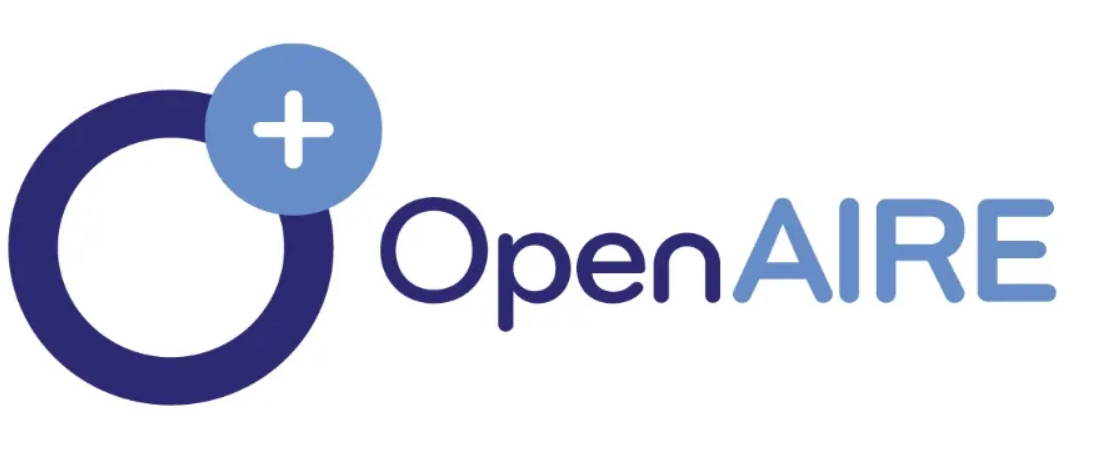Sentinel Lymph Node Biopsy in Clinically Node-Negative Breast Cancer: A Blue Dye-Only Approach in Resource-Limited Settings
DOI:
https://doi.org/10.5281/zenodo.17250570Keywords:
Breast cancer, Sentinel lymph node biopsy, Methylene blue dye, Axillary staging, Low-resource settings, Surgical oncologyAbstract
Background:
Since its introduction, sentinel lymph node biopsy (SLNB) has become the standard of care for axillary stage in the setting of early-stage breast cancer with clinically node-negative axilla. Nevertheless, the double-tracer method with a combination of radiocolloids and blue dye is frequently not realizable in low-income countries. As an individual agent, methylene blue dye provides a cheap and readily available option.
Objective:
To assess the detection rate, safety and clinical practice of SLNB with methylene blue dye alone in patients with early-stage breast cancer and clinically node- negative axilla.
Methods:
A cross-sectional observational study was carried out in the General Surgery Department of Recep Tayyip Erdogan Hospital Muzaffargarh from 2020-2024. Seventy-nine patients with histologically proven breast cancer and clinically node-negative axilla (at palpation and ultrasound) underwent SLNB by injecting 2 ml methylene blue dye. Peri-areolar injection of blue dye was performed prior to surgery, and all nodes stained blue or suspected of being abnormal were removed for histopathological examination.
Results:
Sentinel lymph node could successfully be identified in 78 of 79 patients, with a detection rate of 98.7%. Among these, 23 patients (29.1%) were SLN positive, followed by ALND. The other 55 patients (70.9%) were spared from ALND, thus, preventing additional surgical morbidities. No allergic reaction or dye-related complications occurred.
Conclusion:
Methylene blue dye alone can be an efficient, safe, and effective tracer of SLNB in early-stage breast cancer. Application of cNB for LABC in the low-use resource area could remarkably avoid the full axillary dissection and subsequently lead to less complications but better prognosis. This approach merits consideration for broader usage in areas with limited nuclear medicine resources.
Downloads
Published
Issue
Section
License
Copyright (c) 2025 International Journal of Medical Sciences

This work is licensed under a Creative Commons Attribution-NonCommercial-NoDerivatives 4.0 International License.
All articles published in International Journal of Medical Sciences are licensed under a Creative Commons Attribution 4.0 International License (CC BY 4.0). This license allows others to share, copy, distribute, and adapt the work for any purpose, even commercially, as long as appropriate credit is given to the original authors. Authors retain the copyright and agree to have their work published under this license, ensuring the broadest possible dissemination and reuse of their research.
For more information or licensing inquiries, contact mossdigital77@gmail.com.







